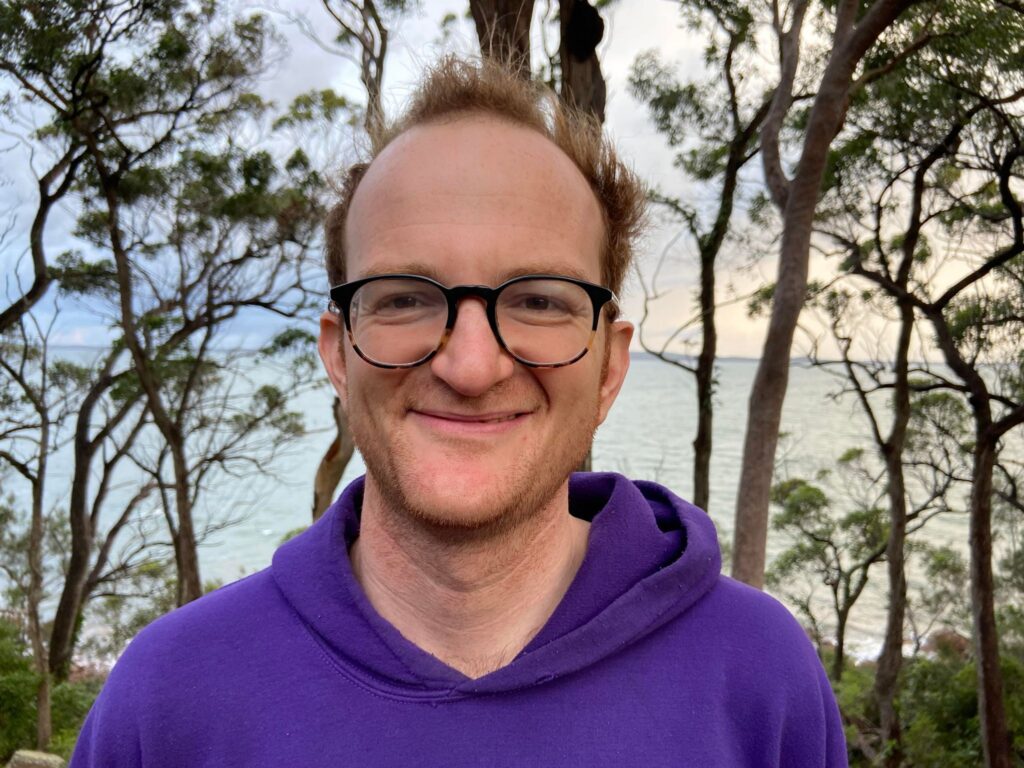Digital news subscriptions are on the rise in Australia, a report has found, but those under 35 favour free online sources and limit how they engage with news.
The Reuters Digital News Report 2022, which surveys global news habits each year, shows that Australia experienced the biggest increase in online news subscriptions, alongside Germany. However, less than a fifth of those who pay for news are under 30.
Generational differences in news usage are not unusual, writes Dr Kirsten Eddy, a digital news expert who worked on the report.
However, “the differences seem to be growing”, and newsrooms and media outlets should do more to understand the specific reasons younger audiences are choosing to sometimes or always avoid the news, what the report calls “selective news avoidance”.
The pandemic years have seen a rise in selective news avoidance across the board, with 41 per cent of Australians reporting that they avoid news in 2022, compared to 29 per cent in 2019. Among those aged 25 to 34, that number jumps to 56 per cent.
The age, demographic and even geographical location of subscribers is front-of-mind for Gus McCubbing, a journalist at The Australian Financial Review’s Melbourne office.

The typical AFR subscriber is “a 50-year-old white dude riding the ferry from Manly [in Sydney]”, according to McCubbing.
“I picture this guy, and I’m like, why is he going to care?”
Subscribers are fundamental to the AFR business model, which operates behind a paywall.
But while attracting new subscribers is a focus for the newspaper, Gus McCubbing says that offers that target young people, such as student deals, “are still kind of comically expensive”.
In fact, they may be missing the underlying reasons those under 35 choose not to pay for news—and why they might avoid news altogether.
University student Tracy Hwang, 21, admits a lack of disposable income is one reason she would not pay for news.
“But the biggest reason would be wanting to tune out and focus on myself and what I care about. It is tied to mental health for sure.”
Hwang says, “the fact that a lot of news is very divisive and inciteful” makes her disengage.
For Molly Smith, 30, it’s a matter of trust.
“Paying for a subscription is akin to saying that I trust an outlet, and I don’t believe I ever entirely will.”
She says the “inherent biases based on their funding and sponsors” makes her cautious about investing in a subscription.
Their views are reflected in the Reuters findings, which show that the main reasons for avoiding news are linked to wellbeing and mental health, and mistrust of news sources—higher among young people.
However, experts warn against stereotyping young people as disengaged overall.
Dr Eddy notes that selective news avoidance is not unique to young people, but they have specific needs that may not be being addressed.
According to Reuters, the proportion of people who say they avoid news because it is hard to understand is much higher for those under 35 than for older groups.
Another study by Australian universities found in 2020 that two-thirds of school-aged Australians believed media organisations “have no idea what the lives of people their age are like”.
Most consumed the same news as their parents but thought that young people needed news made especially for them.
Whatever their age, understanding the reasons that audiences tune out is key to attracting and retaining them.
Even a subscriber “is racing to stop reading”, Gus McCubbing says.
“All they want to do is stop. They’re hanging off the edge of the balcony. And you’ve got to hang on to them.”

